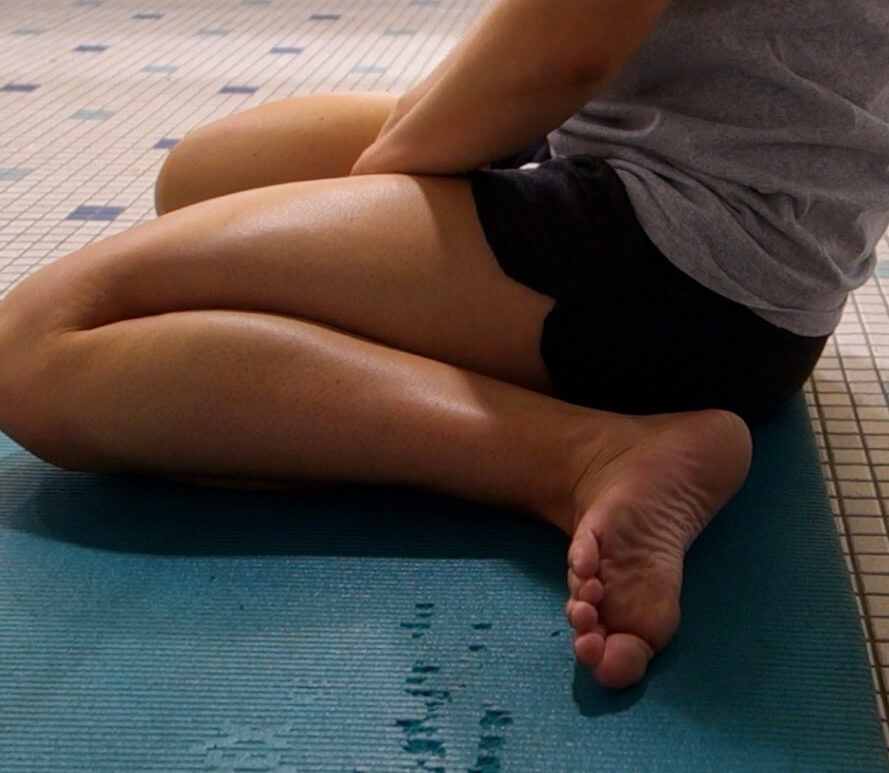A perfect frog kick require a high degree of mobility of all the thee joints involved, and precise control of the muscles.
These are two separate issues.
Regarding mobility of joints, it is required to:
1) open the legs by more than 90 degrees (that's hip opening mobility)
2) twist the feet so that they form a flat angle (180°) (that's hip rotational mobility)
3) flex the knees so that the heels touch your butts (usually tested asking the student to squat - many people cannot squat)
4) flex the ankle up and down, showing that the ankle can exert a rotation going from the feet perfectly aligned with leg (extended) to the feet forming an angle of less than 90° with leg.
In my experience, almost 50% of students fail at least one of these 4 mobility test. Of course with hard work in the gym one can try to extend his mobility, but most people simply refuse doing that.
Let's come to the problem of lack of control. This is a general problem for novice scuba divers, which does not just involve frog kicking, but their general incapability of controlling precisely and independently the movements of their body, as a number of innate or acquired reflexes kick in, causing almost involuntary movements and counter-reactions.
This is particularly severe for athletes, who spent a lot of time doing exercise in other sports, so they acquired what is improperly called "muscle memory". A term which I always considered inappropriate, as muscles have no memory, it is the nervous system which produce these automatic movements.
It is much easier to learn a reflex than to remove it when acquired. Hence these sporty guys, particularly runners and cyclists, are used to "alternate" movements, when one leg goes forward the other goes backwards.
So, no problem teaching them a good flutter kick, very difficult to train them with frog kick, or the much more efficient dolphin kick with a monofin.
This is the worst case, as when fitted with a monofin these guys or girls tend to try moving their feet not in parallel.
Usually they are so frustrated by this experience with the monofin that they give up with the finned swimming course after a few lessons.
As said, at the end of a typical 20-lessons finned swimming course, just 1/4 or 1/5 of the students master an efficient dolphin of frog kick, whilst almost all of them perform a quite decent flutter kick.
This is my experience as a finned swimming instructor: perhaps with 100 hours in the swimming pool, instead of 20, a student can learn a decent frog kick also starting from an impaired initial condition.
I never managed to get this result in one of two 20-hours courses.
I (and my wife, who is also a finned swimming instructor) usually gave up with these students, after in the first 4-5 lessons we did see that they were impeded, and focused them on learning proper asymmetrical kicking styles, such as flutter kick and alternate frog kick (what some people here calls "modified frog kicking").
The real good thing of frog kicking are the sliding pauses between each action and the next. Which requires to rest completely immotional in a hydrodynamic position. For most students, this is the greatest difficulty.
On the other hand, when you learn to kick well and to stay immotional until you stop advancing, it is possible to make a 25-meters pool in underwater mid-depth frog kicking with just 4 kicks.


